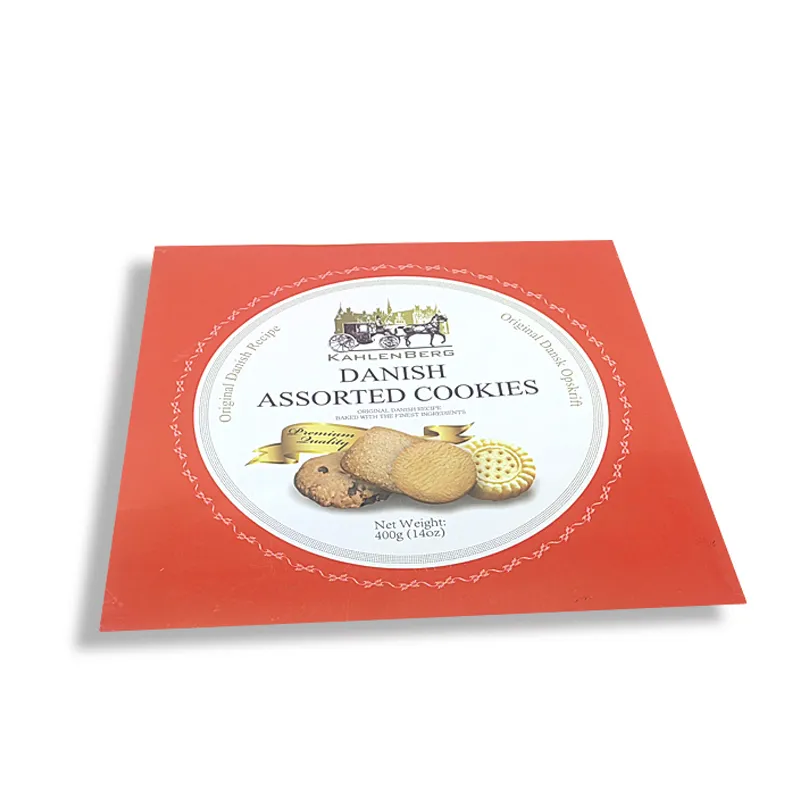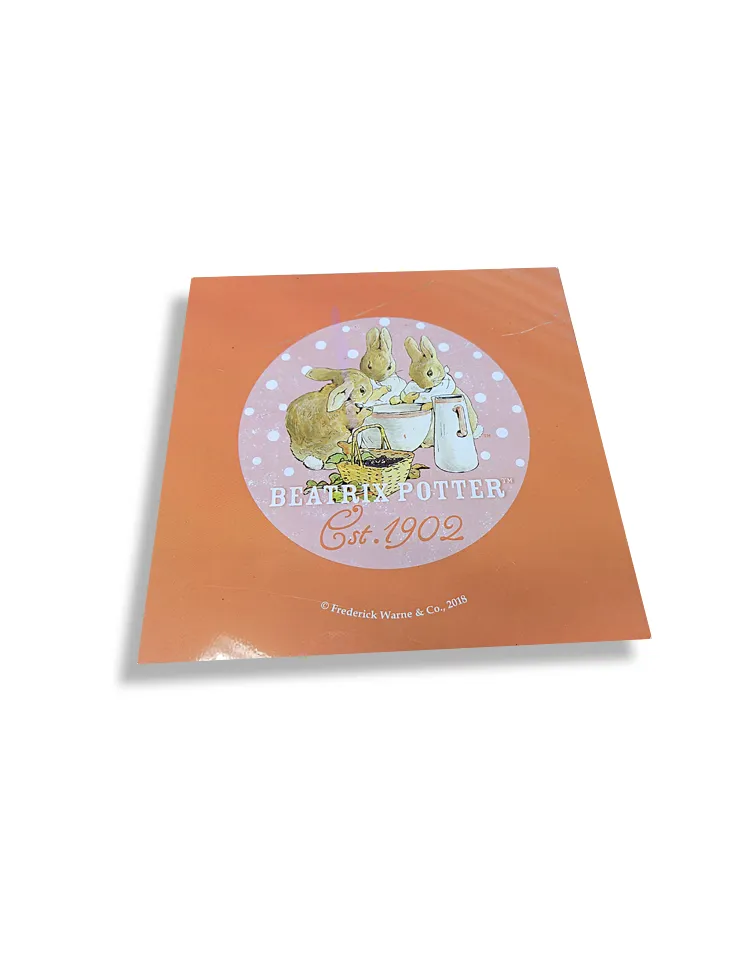In modern industry, tinplate is an important packaging material, widely used in food, beverage, chemical and other fields. In order to improve its aesthetics and anti-corrosion performance, tinplate often needs to be printed and coated. However, the composition and safety of coating materials have always been the focus of attention of consumers and regulators.
This article will explore in depth whether the coating material of tinplate printing contains harmful substances and analyze its impact on human health and the environment.

Composition of tinplate printing coating materials
Tinplate printing coating materials are mainly composed of the following parts:
1. Resin: Resin is the base material of the coating, which acts as a binder to make the pigment and other ingredients evenly distributed and firmly attached to the tinplate surface. Commonly used resins include epoxy resin, polyester resin, phenolic resin, etc.
2. Pigment: Pigments are used to give the coating color and hiding power. Commonly used pigments include titanium dioxide (TiO2), iron oxide red, carbon black, etc.
3. Solvent: Solvents are used to adjust the viscosity of the coating for easy construction. Commonly used solvents include benzene, toluene, xylene, ethanol, etc.
4. Additives: Additives are used to improve the performance of coatings, such as leveling agents, defoamers, antioxidants, etc.
Potentially harmful substances in coating materials
Although modern coating technology has made significant progress, in some cases, coating materials may still contain harmful substances. These harmful substances mainly include:
1. Heavy metals: Tinplate printing coating pigments may contain heavy metal elements such as lead, chromium, and cadmium. These heavy metals are toxic and long-term contact or ingestion may have adverse effects on human health.
2. Volatile organic compounds (VOCs): Solvents may contain volatile organic compounds such as benzene, toluene, and xylene. These compounds are volatile and easily inhaled by the human body, which may cause damage to the respiratory system, nervous system, and endocrine system.
3. Bisphenol A (BPA): Some resins (such as epoxy resins) may use bisphenol A as a raw material during the production process. Bisphenol A is an endocrine disruptor that may affect the human endocrine system.

Regulatory policies and standards
In order to protect the health of consumers and environmental safety, governments and international organizations have strictly regulated and formulated standards for the composition and use of tinplate printing coating materials.
European standards
The European Commission has issued a series of regulations and directives on food contact materials and articles, such as (EC) No 1935/2004 and (EU) No 10/2011, which stipulate the limits of heavy metals and volatile organic compounds in materials and require that all food contact materials must pass strict migration tests to ensure that they will not release harmful substances into food during use.
US standards
The US Food and Drug Administration (FDA) has developed the Food Contact Material Notification Procedure (FCN), which stipulates the safety requirements for food contact materials. According to 21 CFR Part 175-178, all coating materials used for food contact must comply with FDA regulations to ensure that they will not have adverse effects on human health.
Chinese Standards
The China Food and Drug Administration (CFDA) and the General Administration of Quality Supervision, Inspection and Quarantine (AQSIQ) have formulated the National Standard for the Safety of Food Contact Materials and Products (GB 9685-2016), which stipulates the limits of harmful substances such as heavy metals, volatile organic compounds and bisphenol A in food contact materials.
Safety Assessment of Tinplate Coating Materials
Heavy Metal Content
Modern coating technology significantly reduces the heavy metal content in coatings by using lead-free pigments and pigments with low heavy metal content. Through strict raw material screening and production control, the heavy metal content in most tinplate sheet coating materials can meet the requirements of national standards to ensure harmlessness to human health.
Volatile Organic Compounds (VOCs)
With the continuous improvement of environmental protection regulations and the improvement of people's environmental awareness, low-VOC or even VOC-free coating materials have been widely used. The solvents used in modern coating materials are mostly environmentally friendly solvents, such as water-based solvents and low-toxic organic solvents, which significantly reduce the VOC content in the coating and reduce the harm to the human body and the environment.
Bisphenol A (BPA)
The use of bisphenol A has always been controversial. In recent years, many companies have begun to use bisphenol A-free resins, such as polyester resins and phenolic resins, to replace traditional BPA-containing epoxy resins. In this way, the content of bisphenol A in the coating material is significantly reduced, ensuring that it is harmless to human health.

Actual case analysis
Case 1: A food canning manufacturer
A large food canning manufacturer uses bisphenol A-free coating technology to produce tinplate food cans that meet international standards. Through strict raw material screening and production control, the company's products have been widely recognized in the market, ensuring the health and safety of consumers.
Case 2: A cosmetics packaging company
A well-known cosmetics packaging company uses low-VOC coating technology to produce environmentally friendly tinplate sheet cosmetic cans. By reducing the content of volatile organic compounds in the coating, the company's products not only meet environmental regulations, but also enhance the brand image and win the trust of consumers.
How to choose safe tinplate products
When consumers choose tinplate products, they can judge their safety through the following aspects:
1. Check product labels and instructions: Tinplate products produced by regular manufacturers will indicate their compliance with safety standards and certifications on product labels and instructions. Consumers should choose products that have passed international or national certification.
2. Understand the reputation of the manufacturer: Choose tinplate products produced by reputable brands and manufacturers, which usually have stricter quality control and safety measures.
3. Pay attention to raw material information: Understand the composition of the coating materials used in the product, and choose products without bisphenol A, low VOC and lead-free pigments to ensure that they are harmless to human health.

